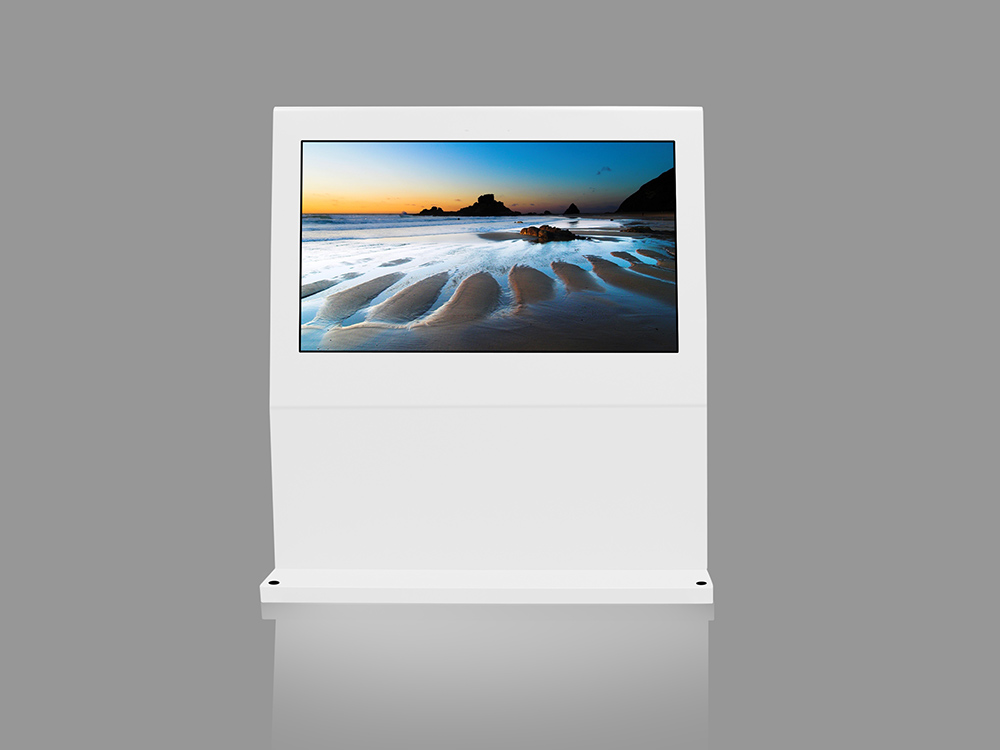Can Digital Signage Be Used for Menu Boards
In the ever-evolving landscape of the restaurant and hospitality industry, staying ahead with innovative and engaging solutions is crucial for success. One such technological advancement that has garnered significant attention in recent years is digital signage. While traditionally associated with advertising, wayfinding, and entertainment, digital signage has found a new, promising application in the form of digital menu boards. This raises an important question: Can digital signage be effectively used for menu boards, and what are the potential benefits and challenges associated with this transition?

To begin with, it's essential to understand what digital signage entails. Digital signage refers to the use of electronic displays, such as LCD, LED, or projection screens, to present information, advertisements, or other messages. These displays can be standalone or integrated into a network, allowing for centralized control and real-time updates. The versatility and dynamic nature of digital signage make it an attractive option for various industries, including retail, healthcare, education, and, notably, food services.
When it comes to menu boards, the traditional approach has been static, relying on printed materials that are often difficult and costly to update. Menu items, prices, and promotions change frequently, and keeping up with these changes using printed signage can be a logistical nightmare. Enter digital menu boards, which offer a modern, flexible, and efficient alternative.
One of the most significant advantages of using digital signage for menu boards is the ability to make real-time updates. With a digital system, restaurant managers can instantly change menu items, adjust prices, or promote special offers without the need for printing and physically replacing signage. This not only saves time but also reduces waste and associated costs. Imagine a scenario where a restaurant wants to introduce a seasonal special or respond to a sudden shift in ingredient availability; with digital menu boards, such changes can be made swiftly and effortlessly.
Moreover, digital menu boards enhance the visual appeal and overall customer experience. High-definition displays can showcase mouth-watering images of dishes, enticing animations, and even videos that bring the menu to life. This visual engagement can significantly influence a customer's decision-making process, potentially leading to increased sales. For instance, a well-designed digital menu that highlights a new dessert with a tempting image might persuade a customer to indulge in a sweet treat they hadn't originally considered.
Beyond aesthetics, digital signage enables better customization and personalization. Restaurants can tailor their menu displays based on the time of day, day of the week, or even specific customer segments. For example, a café might showcase a breakfast menu in the morning and transition to lunch and dinner options as the day progresses. Additionally, loyalty programs or targeted promotions can be highlighted dynamically, creating a more personalized experience for returning customers.
Another often-overlooked benefit of digital menu boards is their potential to improve operational efficiency. By integrating with a restaurant's point-of-sale (POS) system, digital signage can automatically update menu items and prices based on inventory levels and sales data. This integration ensures that the menu displayed is always accurate and up-to-date, reducing the risk of errors and customer dissatisfaction.
However, the adoption of digital menu boards is not without its challenges. One of the primary concerns is the initial investment cost. High-quality digital displays, along with the necessary hardware and software infrastructure, can be expensive. Small to medium-sized restaurants might hesitate to make such an investment, especially if they operate on tight margins. However, it's important to consider the long-term savings and revenue potential that digital signage can offer through reduced printing costs, increased sales, and improved operational efficiency.
Another challenge is the need for technical expertise. Managing and maintaining a digital signage network requires a certain level of technical knowledge. Restaurants might need to train staff or hire specialized personnel to handle content creation, scheduling, and troubleshooting. However, many digital signage solutions now offer user-friendly interfaces and cloud-based management systems that simplify these tasks, making it easier for non-technical users to operate effectively.
Content creation is another aspect that deserves attention. While digital menu boards offer unlimited creative possibilities, ensuring that the content is engaging, accurate, and compliant with local regulations can be a challenge. Restaurants need to invest time and resources into developing high-quality content that aligns with their brand image and appeals to their target audience. Collaborating with graphic designers, photographers, or content creators might be necessary to achieve the desired results.
Furthermore, the reliability and durability of digital displays are crucial factors to consider. In a busy restaurant environment, screens can be susceptible to dust, spills, and accidental bumps. Choosing robust, commercial-grade displays designed for continuous operation in public spaces is essential to minimize downtime and maintenance costs.
Lastly, privacy and security concerns should not be overlooked. Digital signage networks need to be secured against cyber threats to protect customer data and prevent unauthorized access. Implementing proper security measures, such as encryption, firewalls, and regular software updates, is vital to ensure the integrity and confidentiality of the system.
In conclusion, digital signage can indeed be effectively used for menu boards, offering a multitude of benefits that can enhance the customer experience, improve operational efficiency, and drive sales. While the initial investment and technical challenges might pose barriers for some restaurants, the long-term advantages make it a worthwhile consideration. As technology continues to advance and become more affordable, digital menu boards are likely to become a staple in the restaurant industry, transforming the way menus are presented and experienced. By embracing this innovation, restaurants can stay ahead of the curve, attracting and retaining customers with engaging, dynamic, and up-to-date menu displays.
Application scenarios of digital signage








